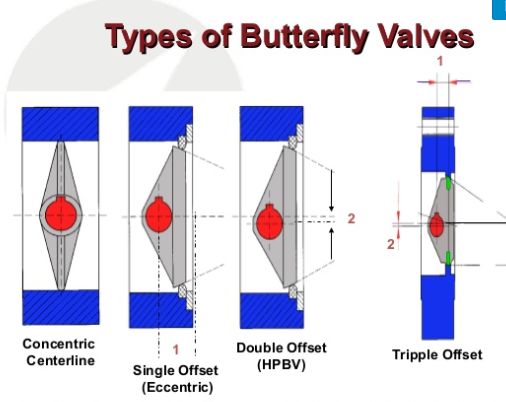Hey
Greetings!
I'm in a confusion regarding something I read on internet. Can anyone explain me how a wafer type butterfly valve safeguards against bi-directional pressure differential to avoid any back flow in systems that have been manufactured for uni-directional flow?
I mean I know wafer type are designed with this purpose only but I don't get that how is this accomplished. So it would be great if I receive some explanation.
Thanks in advance.
Greetings!
I'm in a confusion regarding something I read on internet. Can anyone explain me how a wafer type butterfly valve safeguards against bi-directional pressure differential to avoid any back flow in systems that have been manufactured for uni-directional flow?
I mean I know wafer type are designed with this purpose only but I don't get that how is this accomplished. So it would be great if I receive some explanation.
Thanks in advance.

